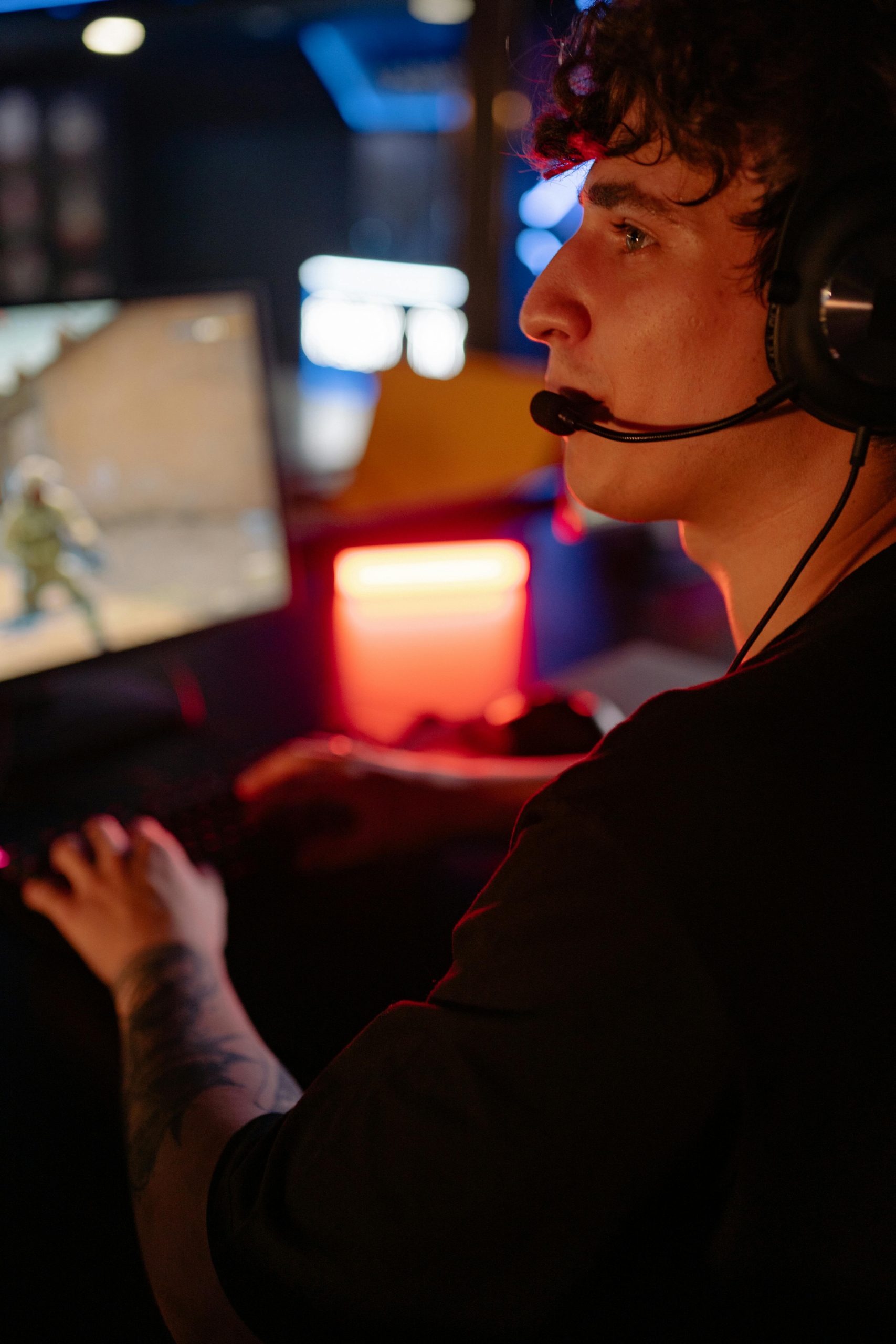Understanding and Diagnosing Gaming Performance Issues on Your PC: A Professional Guide
Introduction
For gaming enthusiasts, a seamless experience relies heavily on the stability and health of your PC hardware and software environment. Recently, you encountered a frustrating issue: your computer malfunctions during demanding gaming sessions, leading to loss of display input and increased fan noise without an actual system shutdown. This article aims to help you understand potential causes and outline systematic troubleshooting steps tailored to your system configuration.
System Overview
Your setup features a fairly powerful mid-range gaming PC built roughly six years ago, with key specifications including:
- Processor: AMD Ryzen 5 3600X (6 cores, 3.8 GHz)
- Motherboard: Gigabyte B450 AORUS PRO WIFI
- Graphics Card: Gigabyte GeForce RTX 2070
- Memory: 16GB DDR4-3200 RAM
- Storage: 500GB SSD + 2TB HDD
- Power Supply: 750W EVGA SuperNOVA G3
- Case: Corsair Obsidian 500D RGB SE
- Operating System: Windows 10 Home
Problem Description
You noted that after extended gameplay — specifically after completing a longer playthrough of “Life is Strange: True Colors” — your PC exhibits symptoms during subsequent demanding games:
- The monitor ceases receiving input (no signal)
- Fans start running louder than usual
- The issue can occur within minutes or after 10-15 minutes of gameplay
- The system remains powered on, but the display and performance are compromised
- Driver updates did not resolve the problem
Possible Causes and Troubleshooting Steps
Given these symptoms, the root cause could stem from hardware overheating, power issues, driver conflicts, or hardware degradation. Below, we detail some targeted diagnostics and solutions.
- Check and Monitor Temperatures
Overheating is a common culprit when demanding applications cause system instability.
- Use Monitoring Software: Install tools like HWMonitor, MSI Afterburner, or HWInfo to observe CPU and GPU temperatures during gaming sessions.
- Recommended Temp Ranges: CPU temperatures should generally stay below 85°C, with GPU temperatures ideally below 80°C.
-
Action: If temperatures are high, consider improving airflow, cleaning dust from fans and heatsinks, or replacing thermal paste on the CPU and GPU.
-
Verify Cooling System Functionality
-
Ensure all fans (case, CPU, GPU)
Share this content:

